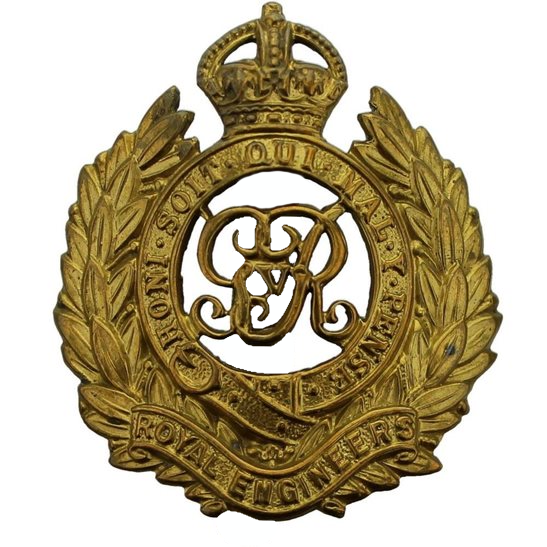Personal Details
Born: William was born 1881 in Whitchurch, Shropshire and baptised 14 October 1882 in Tilstock Parish Church, Tilstock, Shropshire.
Family: He was the son of Hannah Stubbs. He married Florence Griffiths on 15 June 1913 in Whitchurch, Shropshire. The couple had three children, Walter J, Cyril and Hilda.
Residence: At the time of his baptism and until at least 1891 he was living in Tilstock, Shropshire. In 1911 he was a boarder in Pepper Street, Chelford, Cheshire. On his Attestation document in 1916 his address was given as 19 Egerton Road, Whitchurch; this was also the address given for him on the 1919 Absent Voters` List. At the time of his death in 1938 he was living at 27 Talbot Street, Whitchurch.
Employment: He was a platelayer on the railway.
Died: 1938 in Whitchurch, Shropshire and buried in Whitchurch Cemetery on 5 May the same year, aged 56.
.
Military Details
Regiment: Royal Engineers
Rank: Sapper
Service Number: WR/275355 (previously 290586)
Date of Enlistment: January 1916
Date of Discharge: 24 July 1919
Reason for Discharge: Demobilisation
William was awarded the Campaign Medals (British War Medal and Victory Medal)

The British War Medal (also known as 'Squeak') was a silver or bronze medal awarded to officers and men of the British and Imperial Forces who either entered a theatre of war or entered service overseas between 5th August 1914 and 11th November 1918 inclusive. This was later extended to services in Russia, Siberia and some other areas in 1919 and 1920. Approximately 6.5 million British War Medals were issued. Approximately 6.4 million of these were the silver versions of this medal. Around 110,000 of a bronze version were issued mainly to Chinese, Maltese and Indian Labour Corps. The front (obv or obverse) of the medal depicts the head of George V. The recipient's service number, rank, name and unit was impressed on the rim.
The Allied Victory Medal (also known as 'Wilfred') was issued by each of the allies. It was decided that each of the allies should each issue their own bronze victory medal with a similar design, similar equivalent wording and identical ribbon. The British medal was designed by W. McMillan. The front depicts a winged classical figure representing victory. Approximately 5.7 million victory medals were issued. Interestingly, eligibility for this medal was more restrictive and not everyone who received the British War Medal ('Squeak') also received the Victory Medal ('Wilfred'). However, in general, all recipients of 'Wilfred' also received 'Squeak' and all recipients of The 1914 Star or The 1914/1915 Star (also known as 'Pip') also received both 'Squeak' and 'Wilfred'. The recipient's service number, rank, name and unit was impressed on the rim.

